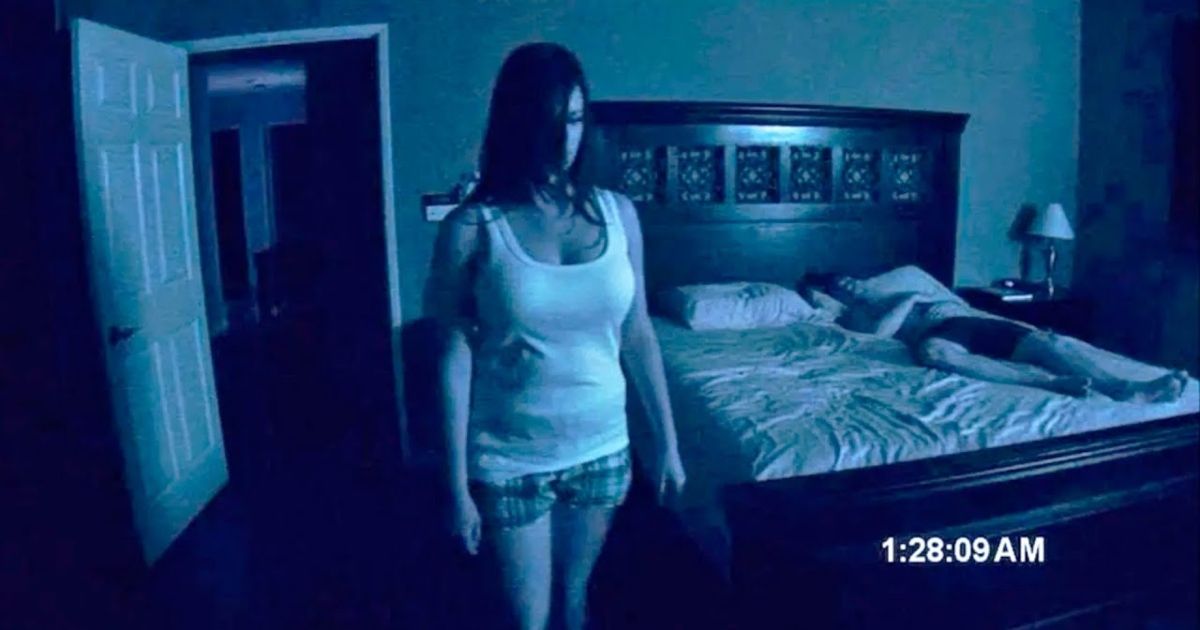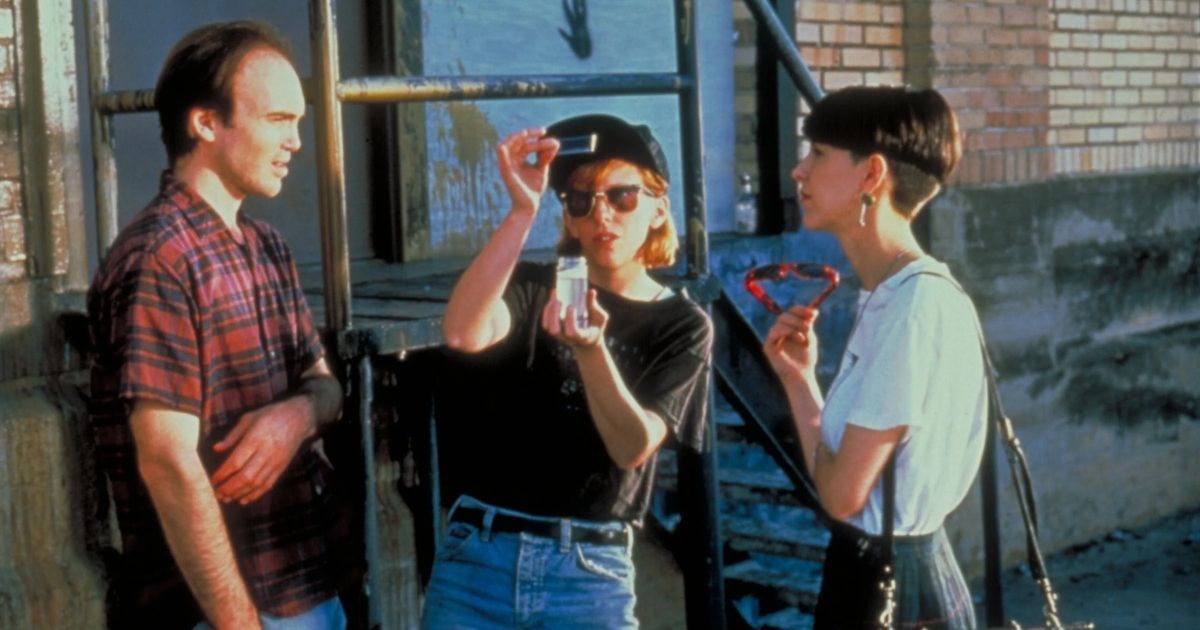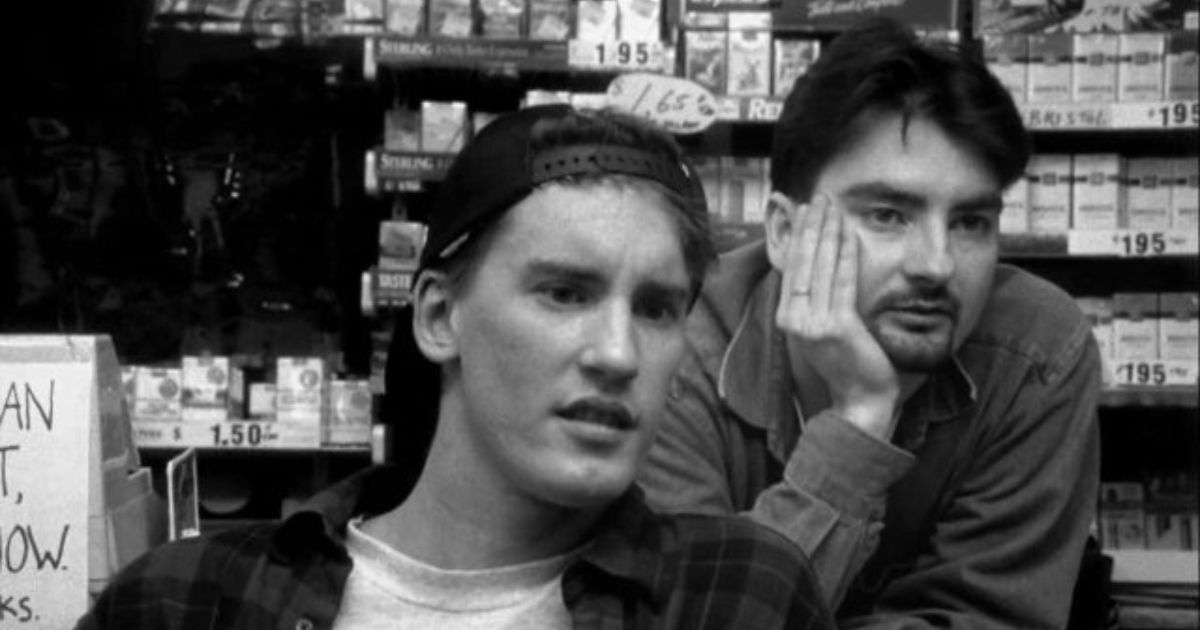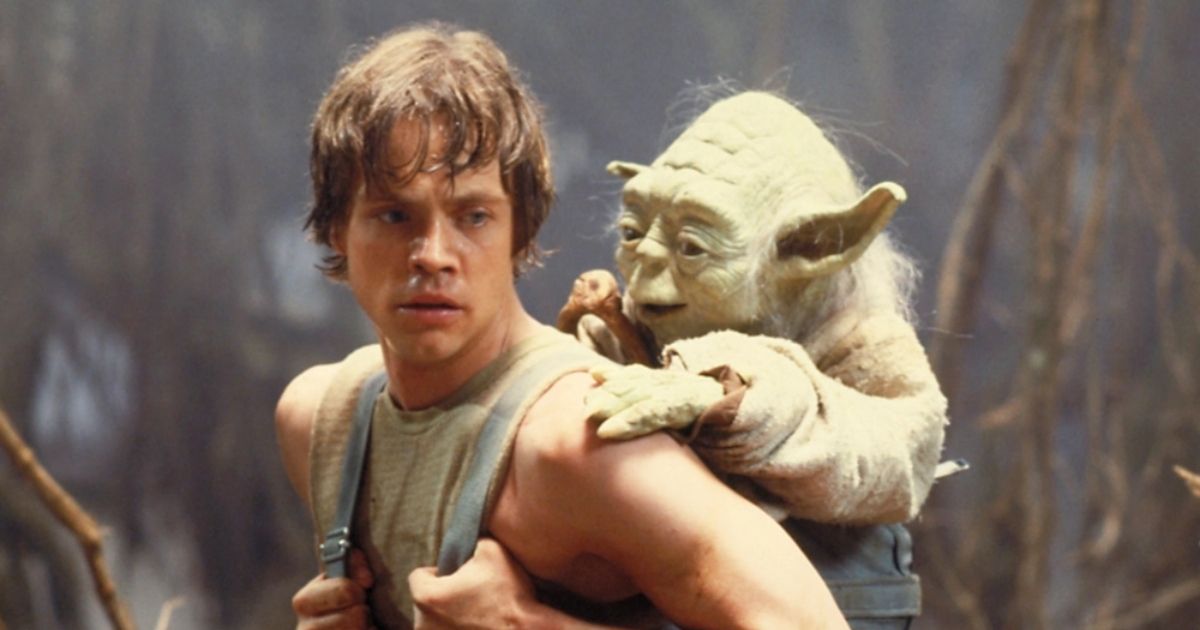Making a film is a truly complex and painstaking process that requires the efforts of many people in order to successfully reach its final outcome. From the conception of an idea until it materializes and hits the silver screen or streaming platforms, many steps have to be taken, ranging from finding the right team to carry out each phase to financing the project and casting the right actors. Of course, producing a film is also very expensive, and many times that financial effort doesn't pay off, either because the film is dropped before release or it fails to perform as expected at the box office. And while nothing guarantees the success of a production, it certainly helps if its filmmakers are involved, especially its director, the key figure in the project.
Over the years, many, many directors have been driven by their passion for a particular project and filled more than one role in it. Thus, many of them served as writers, producers, and even actors in their own creations. But there have been some cases in which, besides filling different roles, directors went a step further and decided to use their money to finance their own films. The reasons behind this decision are as many as the directors who have made it: some seek to have full creative control over their productions without being constrained by a production company, while others, purely motivated by the idea behind the project, set out to finance it after having failed in finding someone to do it for them.
Regardless of the reasons that lead directors to finance their own productions, and although this can work out incredibly well, it is also a very challenging task that can greatly damage their future if the film doesn't work out the way they hope. Check out 10 directors who have gone to great lengths to finance their own films.
10 Peter Jackson — Bad Taste
A little over a decade before Peter Jackson stepped in to helm the popular Lord of the Rings franchise, he made his industry debut with the 1987 film Bad Taste, a masterpiece of the era that eventually became a cult classic. This production, in which Jackson also serves as writer, producer and camera operator, follows a group of agents tasked with investigating a challenging case, as the town of Kaihoro has been invaded by aliens looking to use human flesh for their intergalactic fast food chains.
Because the director had a full-time job away from the industry at the time, Bad Taste was shot only on weekends, over a four-year span and with an initial investment of $25,000. Many of the film's actors are friends of Jackson's who performed for free. Eventually, however, the director received an investment from the New Zealand Film Commission in order to wrap and release the film, which was crucial in the development of Jackson's career.
9 Oren Peli — Paranormal Activity
In 2007, Paranormal Activity revolutionized the film industry and became the most profitable movie of all time. Written, directed, produced and edited by Oren Peli, this film about a couple's paranormal experience captured on camera footage was a gamble that definitely paid off, as it kicked off a franchise that currently spans seven films. The project was very personal for Peli: he set aside $15,000 of his savings, completely renovated his house to film there, and didn't even talk about the film with his family and friends, to prevent them from tearing the idea down.
Paranormal Activity was shot in one week with a very small crew, and was released at a few festivals, although Paramount Pictures later acquired the rights, changed the ending by investing an additional $200,000, and granted it wider distribution, helping it become an all-time phenomenon.
8 Richard Linklater — Slacker
Richard Linklater is a director with a very distinctive style in the industry, known for films such as Boyhood and The Before Trilogy, among many others. Linklater made his directorial debut with the 1988 film It's Impossible to Learn to Plow by Reading Books, a production that never enjoyed a wide release, and two years later, he delivered Slacker, the film that earned him his first major recognition. In addition to directing, writing, producing and starring in this dramatic comedy about the lives of young people in Austin, Texas, Linklater also took a major risk: financing the film with borrowed money and cash advances from his credit cards. However, this risk paid off, and with a budget of $23,000, Slacker went on to earn over $1.2 million.
7 Cheryl Dunye — The Watermelon Woman
The 1996 film The Watermelon Woman marked a milestone in the history of cinema, as it was the first feature film directed by a black lesbian. Cheryl Dunye was the artist in charge of directing, writing, editing, and starring in this production, portraying an aspiring Black lesbian filmmaker who attempts to make a documentary about the identity of an actress only known as "The Watermelon Woman."
The initial idea for this film came to Dunye years earlier, as she tried, unsuccessfully, to properly research the history of Black film, only to discover that many actresses were not credited for their work. The initial budget for this production was $300,000, made up of donations from friends of the director, a fundraiser, and a grant from the National Endowment for the Arts.
6 Darren Aronofsky — Pi
The 1998 film Pi follows Max Cohen, a number theorist who believes that numbers can explain everything that happens in the world. As he is about to decode the number system that rules the chaos of the stock market, Max begins to be harassed by a number of forces that want to hijack his research. Pi marked the directorial debut of Darren Aronofsky, who later became well-known for films such as Black Swan and most recently, The Whale.
In addition to directing, Aronofsky wrote the screenplay and co-created the story alongside Sean Gullette and Eric Watson. The film was financed by $100 donations from Aronofsky's friends and acquaintances, per CNN, and, upon release, became a highly acclaimed production that earned him the Directing Award at the Sundance Film Festival, among other accolades.
5 Kevin Smith — Clerks
Clerks is a 1994 comedy that marked the feature film directorial debut of Kevin Smith, who also served as writer and co-producer along with Scott Mosier. This production, which not only launched Smith's career, but also kicked off a film series with two sequels, follows a day in the life of two friends who work in customer service at adjoining stores as they chat about their lives, adventures and crushes.
The sets used to film Clerks were locations where Smith had worked in real life, and the film was financed entirely by the director's own money, not only from his savings but also by maxing out his credit cards. For this production, which to this day is considered a classic of independent cinema, Smith earned rave reviews and some accolades.
4 Lynne Ramsay — Ratcatcher
Lynne Ramsay made her feature film debut in 1999 with the drama film Ratcatcher, a production that won her several awards and, moreover, earned a worldwide gross of over $888,000. The film is set in Glasgow in 1973, in a sweltering summer during which the city is undergoing a redevelopment of its poorest areas to improve housing conditions. In this context, and facing a dumpsters' strike that further aggravates the situation, we meet James, a 12-year-old boy who is waiting to be relocated along with his family.
To finance this production, Ramsay relied on the Scottish Arts Council and the British Film Institute, as well as some actors and crew members who worked on the film for free because of how much they believed in the project.
3 M. Night Shyamalan — Servant
M. Night Shyamalan is a director who is well-known for financing his productions, and throughout his career he has self-funded films such as The Visit, Split, Glass, and Old directly from his own pocket, making a huge worldwide profit compared to the money spent on each one. Another self-financed production of his is Servant, the psychological horror TV series in which he serves as showrunner. The main reason behind Shyamalan's decision to finance his own films is simple: he enjoys taking risks and doing provocative things. Knowing that this may not always turn out well, he prefers to take the risk himself and not involve more people, while still maintaining creative liberties.
2 Francis Ford Coppola — Megalopolis
Francis Ford Coppola is among the most iconic directors in the industry, and he is also one of those who finance their own films, especially those that are highly experimental. Among the projects he has self-financed are Twixt and Tetro, not to mention Megalopolis, an upcoming film on which he has been working since 1980.
The reasons behind Coppola's financing of his own films are quite similar to Shyamalan's: he seeks the creative freedom to pursue his vision without restrictions, and he knows that the tighter he sticks to the ideas he has for each film, the harder it is to get funding, no matter how famous and respected he is in the industry. For Megalopolis, it is estimated that he will spend at least $120 million of his own money to see his most ambitious project completed.
1 George Lucas — The Empire Strikes Back
George Lucas rounds out this list with The Empire Strikes Back, which is considered one of the greatest films of all time. It turns out that, back then, Lucas planned to make the 1977 Star Wars film as a single production, and in fact, he didn't even expect it to be successful. When he started working on the sequel, he owned all the rights to Star Wars and no studio was willing to accept the deal he was offering, so he was left with only one option: to finance The Empire Strikes Back himself.
To carry out this venture, Lucas invested everything he had, including his house, although he also had to borrow large amounts of money, not only at the beginning of the project, but also when it exceeded the budget. This also enabled him to have total control of the creative decisions, something that definitely paid off considering the overwhelming success of this blockbuster.










Comments
Post a Comment